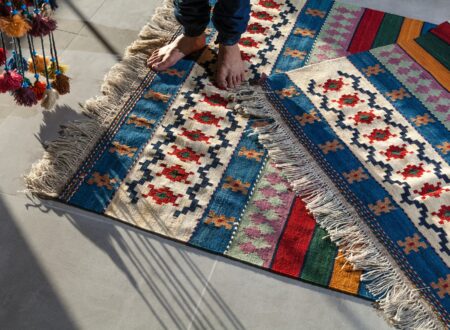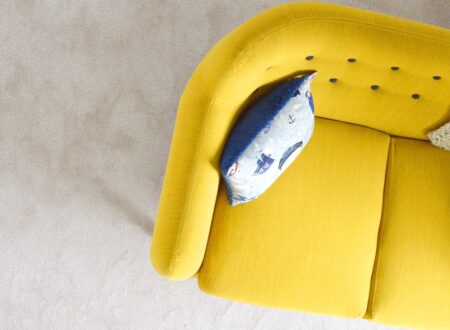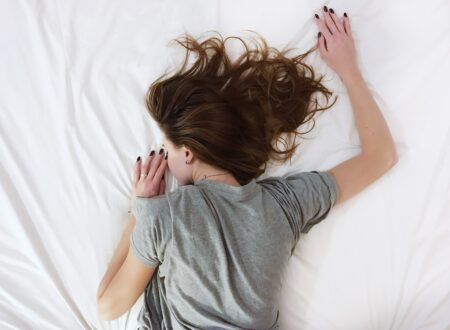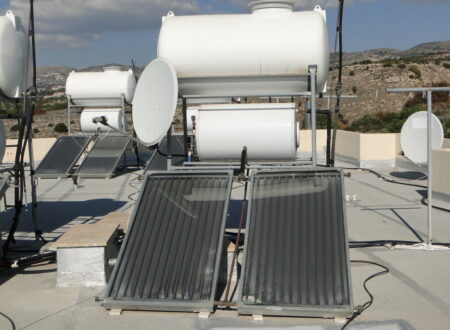Ensuring bed linen is clean and changed regularly is of course key to creating a fresh and inviting night-time environment.
But what about the bed itself – especially when it comes to pillows? Pillows are often in use for several years – not everyone will change their pillows as often as recommended by the experts, which is as frequently as every one to two years – and over time can become home to a vast quantity of dirt and other bacteria.
For eight hours (or maybe even longer) each night, our faces and hair are in direct contact with the pillowcase. During that time the pillow can therefore be significantly exposed to body oil and sweat, saliva, and skin dander. It’s no surprise therefore to learn that pillows can rapidly become very dirty when not subjected to a regular and effective cleaning regime.
Pillowcases may well be washed regularly, but how many people remember to clean their pillows even half as regularly?
As a result, many pillows can over time harbor fungi, bacteria, dust mites, and a variety of other allergens if not regularly and effectively cleaned. These organisms are very often invisible to the human eye so we may not think they are there – but they are, and they need to be dealt with.
Can dirty pillows cause infections?
Their potential negative health effects are significant and unlikely to disappear until the affected pillow is properly cleaned. And these issues are likely to be exacerbated for sufferers of asthma and other allergies. The good news seems to be that Coronavirus seems to be rarely if ever transferred through a dirty pillow but that’s still no excuse not to keep your pillows clean.
Many of us choose to use pillow protectors – effectively an additional pillowcase underneath the main exterior pillowcase. But over time even these can start to harbor the same organisms as the main pillowcase itself so still need to be properly cleaned. And no matter how protective they may be, they are made of porous fabric unlikely to be 100 percent effective in preventing the transfer of sweat, body oils, and so on into the interior of the pillow underneath them.
How to Wash Pillows
Most pillows, including those filled with cotton, feather, and fiberfill, can be cleaned in a washing machine using warm water on the gentle cycle (10 – 20 minutes wash), with bio-cleaning products, but it’s always a good idea to read the label for cleaning instructions first. Foam pillows are one common type that shouldn’t go into the washing machine because the agitation is too harsh and likely to break up the padding. Despite this, foam pillows can be cleaned at home using another method. “You can wash the removable cover (if there is one) according to the cleaning instructions on the label. To clean the foam, use a professional vacuum cleaning machine or contact a professional company to clean your pillows.
at Lemon Clean, we clean both mattresses and pillows in three different ways at the same time.
- With dry cleaning that absorbs dust, bacteria, and mites.
- Then we start sterilizing the mattress and pillow with steam.
- We proceed to apply bio enzyme to begin the deep cleaning and sterilization of the pillow and mattress.








